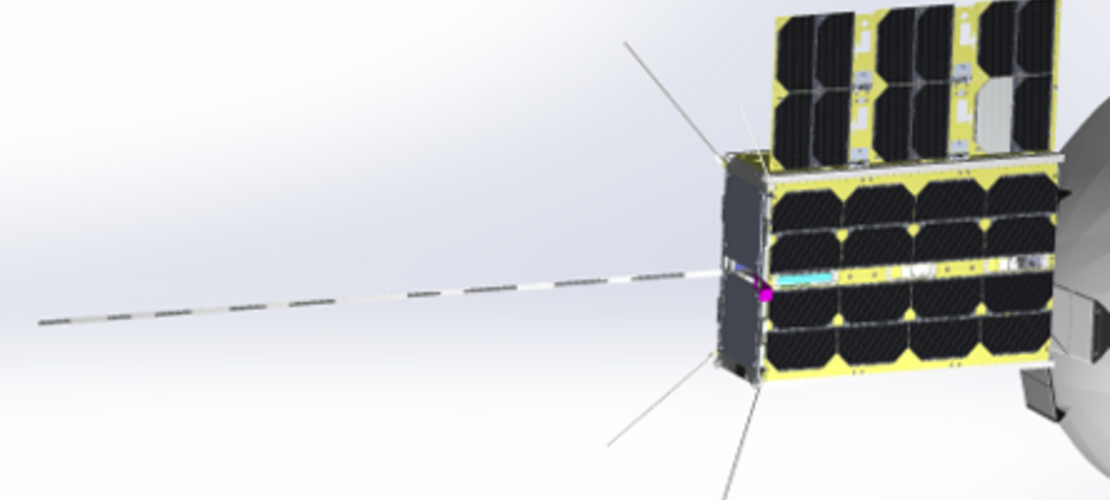CatSat will deploy a high frequency (HF) radio antenna to listen for HF signals emitted from the ground and extract information about the movement of charges in the ionosphere.
The ionosphere is one of the highest layers of the Earth's atmosphere where the space environment interacts with the atmospheric environment. Perhaps the most famous air and space interaction that occurs in the ionosphere is formation of the beautiful auroras. However, for radio communication, one of the most important effects of this interaction is the formation of layers of charged particles that interfere with radio signals. These layers swirl and churn in chaotic patterns, similar to the unpredictable nature of weather we are all familiar with. This chaotic motion extends to the effect that these layers have on radio signals. In some cases, radio signals may pass through mostly unaffected. In other cases, these layers can act like a perfect mirror, reflecting the entire signal back to the ground and allowing over-the-horizon communication. Understanding and characterizing the roiling nature of the ionosphere is an open question, and one that CatSat aims to shed light on.
After deploying its antenna, CatSat will listen for HF radio signals transmitted from the ground. There are many sources of interest, such as the timing signals produced by WWV and WWVH operated by NIST, WSPR and FT8 signals sent by amateur radio operators around the world, coastal radar systems, and more. Any signals sent from the ground and received in space must by definition pass through the ionosphere, so by analyzing the interference in the signals, information about the ionosphere can be extracted.
The HF radio antenna is enabled by an AstroSDR, a powerful radio provided by Rincon Research Corporation.



